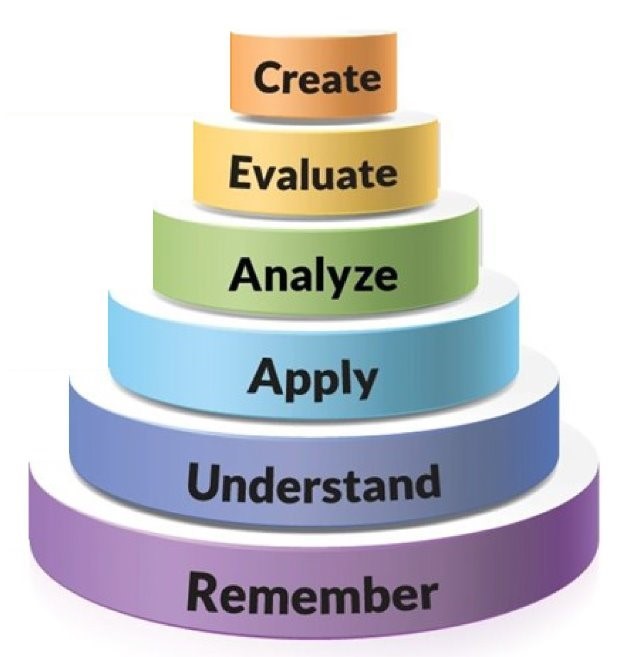Your course learning outcomes are set through the program and course approval committee and new program approval process. New course proposals require a high level of detail including the details of learning outcomes, assessment and constructive alignment. To learn more about learning outcomes, refer to this resource.
Learning outcomes are measurable, observable, and specific statements that clearly indicate what a student should know and be able to do as a result of learning from the course. Weekly learning outcomes are used to work towards supporting student learning to meet course learning outcomes. Think of the course learning outcomes as the destination and the weekly learning outcomes as the roadmap for students to get there. This concept is called backward mapping or backward design.
Weekly learning outcomes will map across the course teaching period to scaffold learning and constructively align all course learning. You can employ weekly learning outcomes in your course design, and/or share them with students to clearly scaffold learning and assessment. Students are often assessment-led so sharing weekly learning outcomes can encourage active student learning, and provide feedback and affirmation as they progress through the course.
One way to consider writing weekly learning outcomes is through Bloom’s Revised Taxonomy (2001). Bloom’s is a framework for categorising educational goals by linking to cognitive processes. The revised version renamed and reordered the levels to focus on intellectual skills and the development of critical thinking and problem-solving abilities. These categories are a useful way to support your planning of student learning across the semester.

In our Learning Outcomes resource, we have a chart of useful verbs mapped against each of the categories to assist in your weekly learning outcome creation.
You can also work with GenAI to source different ways to create weekly learning outcomes, or create a draft. Here is a prompt that Senior Learning Designer, Jeremy Rennex has created:
- Create one to four weekly learning outcomes for a [length] week course: Effective learning outcomes are measurable, observable, and specific statements that clearly indicate what a student should know and be able to do as a result of learning. Number the weekly learning outcomes and use the following statement as a prefix. "By the end of the week, you should be able to:"
Include a statement mapping weekly learning outcomes to overall course learning outcomes. This should clearly describe how the weekly outcomes will contribute to the overall course learning outcomes as listed in the course handbook link. [insert hyperlink to course handbook for your course].
Reach out to Learning Design and Teaching Innovation for more information or assistance on designing and implementing weekly learning outcomes.
Reference
Krathwohl, D. R., Anderson, L. W., & Bloom, B. S. (Benjamin S. (2001). A taxonomy for learning, teaching, and assessing: a revision of Bloom’s taxonomy of educational objectives (Complete ed.). Longman.
The University of Newcastle acknowledges the traditional custodians of the lands within our footprint areas: Awabakal, Darkinjung, Biripai, Worimi, Wonnarua, and Eora Nations. We also pay respect to the wisdom of our Elders past and present.
